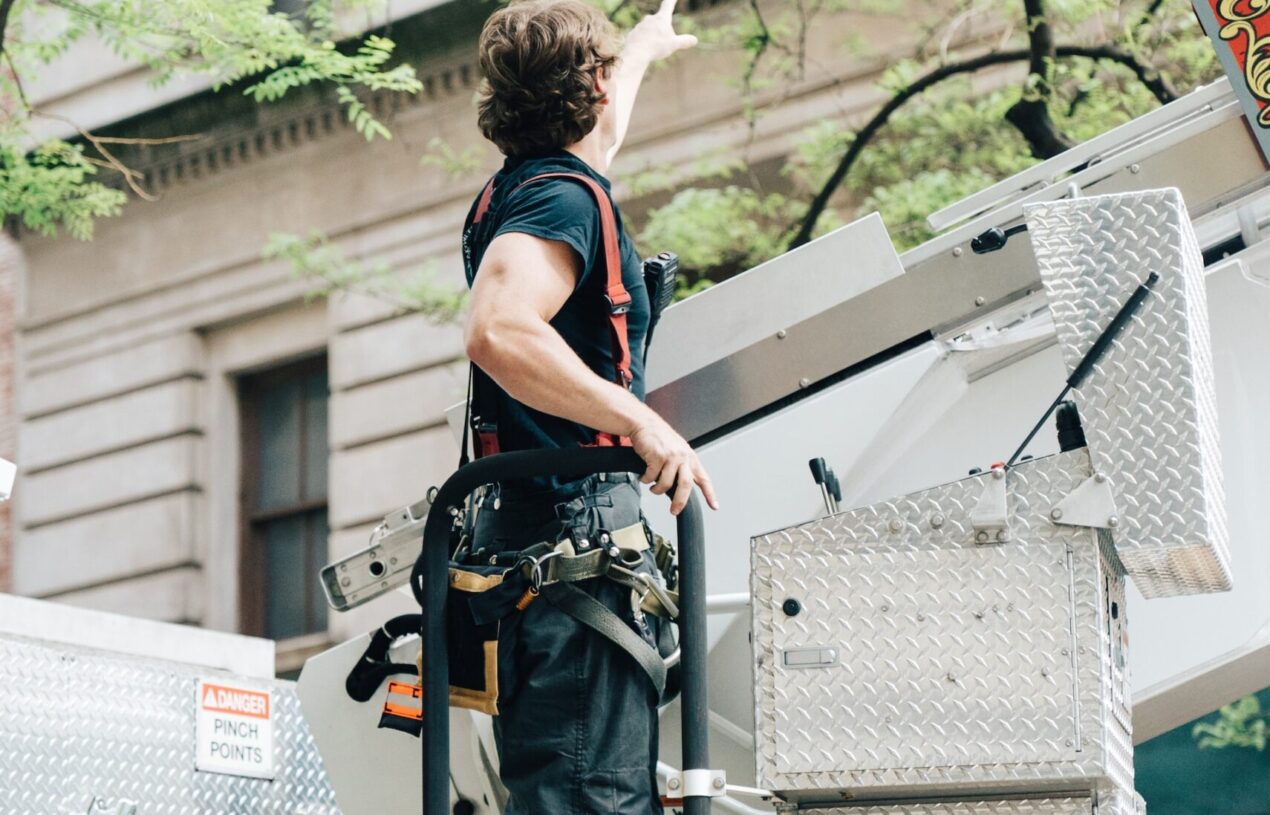Key Takeaways:
- Understanding the multifaceted benefits of urban forestry can inspire better city living.
- Selecting suitable tree species and maintaining them properly can lead to successful urban greening initiatives.
- Engaging with professional tree care services and utilizing technological advancements are fundamental for proactively managing urban trees.
Table of Contents
- Understanding the Importance of Urban Forestry
- Selecting the Right Trees for Urban Spaces
- Planting and Establishing Trees in the City
- Maintaining Healthy Trees in Urban Environments
- Pruning Best Practices: Timing, Techniques, and Tools
- Dealing with Urban Tree Risks
The green threads of urban forestry, a field devoted to cultivating and maintaining trees in our busy town, are weaved throughout our cities. Trees bring many benefits, from adding aesthetic charm to absorbing carbon dioxide and providing shade. Their presence in urban environments significantly improves city people’s quality rather than only being ornamental. The impact of a well-maintained urban forest is vast, contributing to the sustainability and livability of urban areas.
Understanding the Importance of Urban Forestry
Urban forestry is the backbone of city ecosystems, promoting a harmonious convergence of natural and built environments. The strategic placement and nurturing of trees in urban spaces transcend mere beautification. They are pivotal in providing cleaner air, cooling heat islands, and supporting recreational spaces. Green canopies enhance mental well-being and offer respite from the concrete sprawl. However, despite being a critical factor in urban planning, urban forestry faces challenges like limited growing space, complex soil environments, and pollution.
While the positive impact on property values and city aesthetics is widely acknowledged, managing urban trees must balance ecological health with social dynamics. Various aspects, including community involvement, climate resilience, and species adaptation, lead to complexity. Check out this website to learn about urban forestry and how it may help create greener, healthier cities. However, with problems also come opportunities for creativity and inventiveness.
Selecting the Right Trees for Urban Spaces
Selecting suitable trees for urban environments is pivotal to fostering a robust urban forest. This process involves a delicate balance of aesthetic preferences, functionality, and environmental considerations. The selection criteria encompass resilience to urban stressors such as pollution and soil compaction and the ability to thrive amid the hustle and bustle of city life. Biodiversity is central to this selection process, ensuring a resilient urban forest capable of withstanding pests, disease, and climatic shifts. Municipalities and residents benefit from the leafy ambiance these carefully selected trees provide.
Planting and Establishing Trees in the City
Planting a tree in an urban area involves careful planning to ensure its growth and sustainability. Every step must be meticulously executed, from site selection to the planting technique. Compounded by the relatively harsh urban conditions, these efforts require diligence and forethought. Local community groups often spearhead the planting, rallying around the cause and solidifying the tree’s place in the urban fabric. Planting urban trees becomes an event that brings communities together, giving them a direct role in beautifying and improving their environment. The proactive participation of residents in tree planting, often facilitated by planting initiatives, can contribute significantly to the success of urban forestry programs.
Maintaining Healthy Trees in Urban Environments
Post-planting, the maintenance of urban trees is no less critical. This ongoing care ensures the longevity and vitality of these natural assets. Arborists are vital in utilizing best practices in tree care, from essential hydration to strategic pruning. While regular citizens can contribute to the fundamental care, specialized tasks such as pruning demand a knowledgeable hand. Focusing on tree health ensures their aesthetic appeal and safeguards against the spread of diseases and pest infestations. These activities can prevent the need for more drastic measures like tree removal, which can significantly impact the urban canopy and public safety.
Pruning Best Practices: Timing, Techniques, and Tools
One of the most impactful maintenance practices in urban forestry is pruning. Proper pruning promotes healthy growth and maintains the safety and stability of urban trees. Pruning is most beneficial during certain seasons of the year, though these might change based on the type of tree and the climate where it is planted. For example, the dormant season often presents a favorable window for pruning activities, stimulating robust growth in the following seasons.
Dealing with Urban Tree Risks: When to Call the Professionals
Trees can sometimes become liabilities in an urban setting, especially when they develop structural issues or fall prey to disease. Recognizing potentially dangerous conditions early can save lives and property. When these risks become evident, it is vital to engage professionals, such as certified arborists, with the training to evaluate urban tree safety accurately. These experts can diagnose issues, recommend action plans, and execute the work with precision and care, ensuring the well-being of the city and its green inhabitants.
The Role of Technology in Urban Tree Management
Technology is revolutionizing urban forestry, bringing greater efficiency and accuracy in tree management. Geographic information systems (GIS), for instance, allow urban foresters to track and monitor individual trees within the cityscape, providing valuable data such as species distribution, health status, and maintenance requirements. Similarly, imaging and data analytics innovations are changing how we assess and care for our urban greenery.

